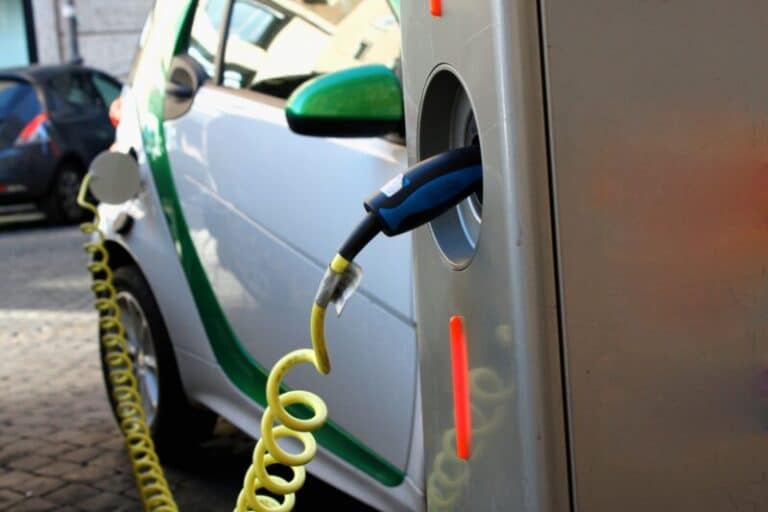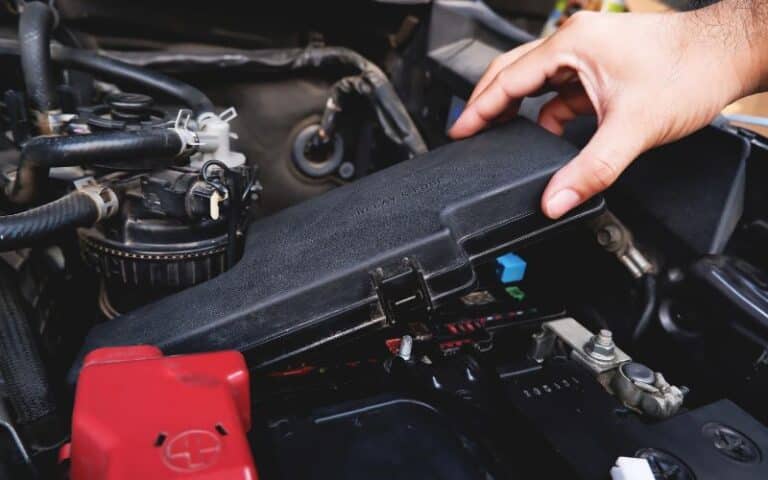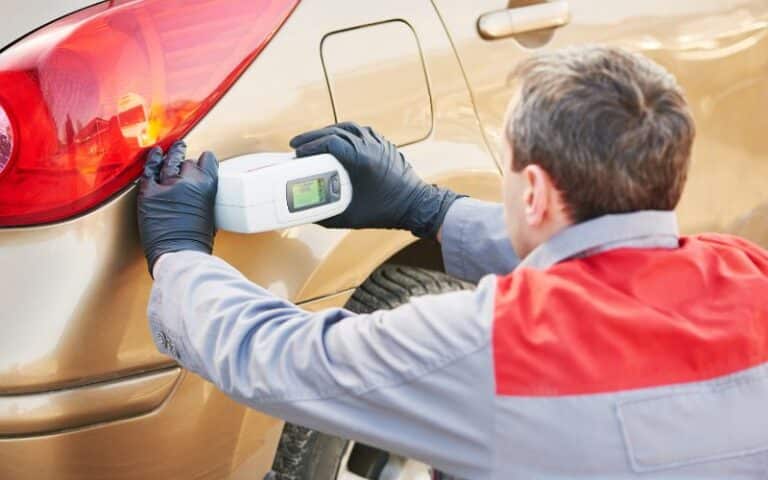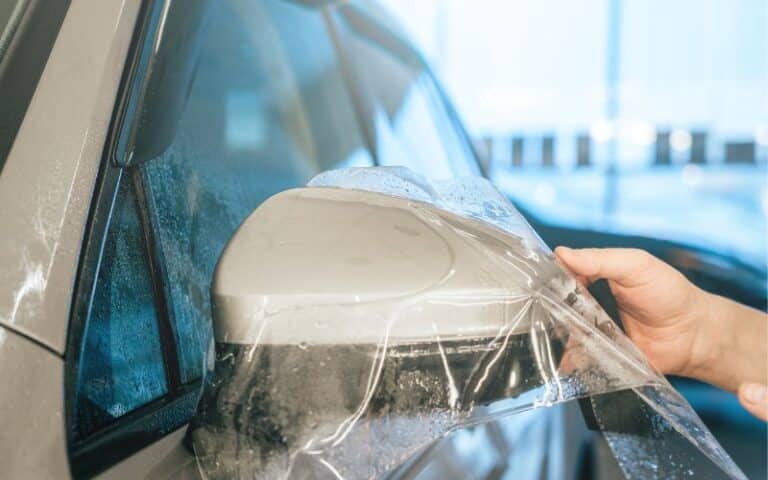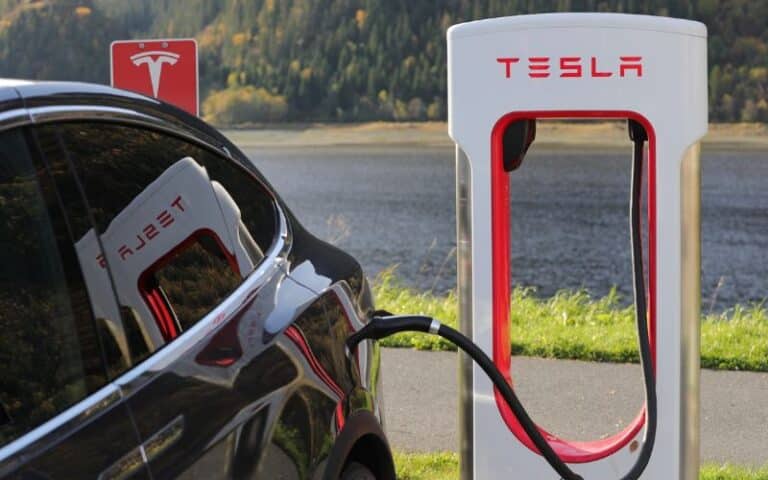Tesla Cabin Overheat Protection Not Working? Don’t Panic!
Tesla is one of the most talked about electric vehicles. This brand has some of the most amazing technologies that keep them ahead in the EV market.
The Cabin Overheat Protection is one of the many features of Tesla cars. It manages extreme weather changes in this vehicle.
Unfortunately, this software can develop a glitch and stop working.
If you want to find out why the Cabin Overheat Protection in your Tesla isn’t working, this article has got you covered.
The Cabin Overheat Protection in Tesla will not function when it exceeds its maximum operating hours or the car’s battery is low. Also, if you activate certain features or you don’t park properly, it won’t work. In addition, software updates and a bad cooling fan can affect the operation of this application.
In this post, I’ll discuss the factors affecting the functioning of the Tesla Cabin Overheat Protection and how you can troubleshoot the problems.
Also, I’ll explain why this feature keeps turning off. Ultimately, you’ll know whether or not this safety technology should stay on.
Why Is My Tesla Cabin Overheat Protection Not Working?
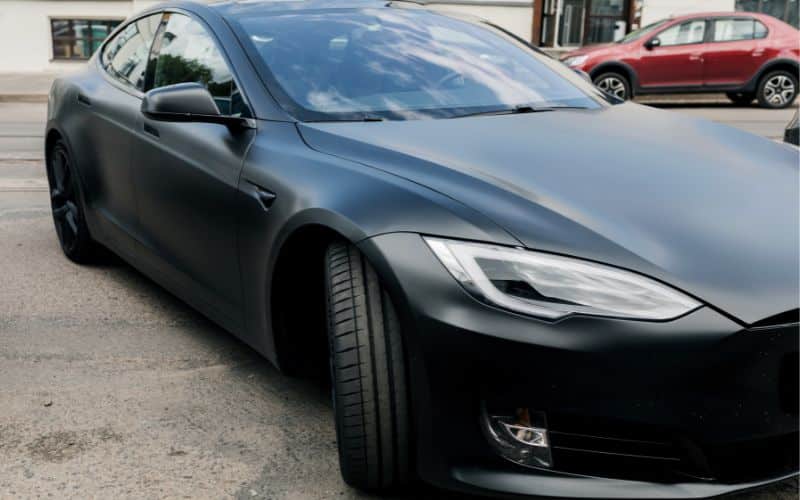
There are many reasons why your cabin overheat protection doesn’t work.
First, Tesla Cabin Overheat Protection (COP) is a protective technology. It prevents your car cabin from getting too hot when you expose your vehicle to extremely high temperatures.
This system activates when the car’s temperature reaches 104 degrees Fahrenheit.
However, while you can protect your vehicle with a car cover at home, you’ll need this safety technology outside your home.
Here are the reasons why your cabin overheat protection isn’t working:
#1. Low Battery
A low battery is one of the reasons your COP isn’t working. This program relies on your car battery’s energy to function. It works well above the 20% charge.
If the battery is too low, below this percentage, the system won’t work.
#2. The Maximum Operating Load Has Elapsed
The maximum operating load of the COP is 12 hours. Once it has worked for this period, the internal temperature might begin overheating again, and the system won’t activate.
Therefore, you’d have to restart the cycle.
#3. Your Tesla Is Not in Park Mode
The overheating protection only works when your car is in park mode. If you’re not parked properly, this system won’t function.
So, ensure you don’t only stop acceleration but park properly.
#4. Transport Mode Still Activated
The Transport Mode is a setting that comes with a new Tesla from the factory.
This technology inactivates battery power features, such as cabin overheat protection, climate control, and sentry mode.
Moreover, the dispatch team of a new Tesla ought to change the vehicle from “transport mode” to “delivered.” Only then can the cabin overheat protection work, although it’s active by default.
So, if they don’t carry out this process, the climate control won’t function.
#5. Sentry Mode Is on
Sentry Mode is another feature that can stop your COP from working. This feature is a security program that monitors the car for potential threats.
However, this security feature also consumes a lot of battery power. It cannot function simultaneously with the Overheat Protection.
So, you’d have to turn it off to allow the COP work. Conversely, in newer Tesla models, the feature can work together with COP if you set the climate control to use air conditioning.
#6. Issues with Software Updates
Like many other technologies and electric and electronic devices, software updates boost performance.
However, some users have complained of COP not working after a system update. So, you should check if a system update has disabled the Cabin Overheat Protection.
In addition, the overheat protection may not function if you’re yet to update your system.
#7. Cabin Below 104°F
The COP only activates once the cabin temperature gets to 105 degrees Fahrenheit.
So, even if your vehicle feels too hot for you, the climate control won’t work until the cabin reaches the standard temperature.
How to Troubleshoot Tesla Cabin Overheat Protection?
As challenging as Tesla’s overheating problem may seem, they are easy to manage. However, you must understand the essential methods to resolve these issues.
That said, here are some easy ways to troubleshoot the overheating problem.
#1. Charge Low Battery
If your car battery is low, ensure you plug in your charger to get more power. You don’t have to wait till the battery runs down completely.
Once it’s below 20%, charge the battery to get the COP working.
#2. Turn off Sentry Mode
You should turn off sentry mode if it’s on, as both features can’t work together. However, turning off the sentry mode can put your vehicle at risk of theft or damage.
You can turn this feature off temporarily when you want to use COP.
Here’s how to turn off sentry mode:
- Turn on your vehicle to activate the touchscreen LCD.
- Then, click the “controls” button
- Next, press the “Safety and Security” tab
- Finally, select “Sentry Mode ” and turn it off
Here’s how to turn off sentry mode permanently:
- Scroll through the menu on the screen until you locate the “Security” tab
- Scroll down to locate the “switch off permanently” tab. Clicking this tab turns off sentry mode permanently
#3. Check If the Control System is Disabled
The Cabin Overheat Protection can stop working if you activate some Tesla features alongside it. Also, updating your system software can cause this deactivation.
So, if your COP isn’t working, check if the feature is disabled and turn it on.
Here’s how to turn on the cabin overheat protection:
- Locate “Controls” on your touchscreen
- Click “Safety and Security.”
- Enable Cabin Overheat Protection
You can also enable this Tesla app.
#4. Update Software Regularly
Frequently updating your vehicle’s software can improve the performance of its features. Click this link to update your system software.
#5. Park Properly
If you don’t park your car properly, the COP won’t work. Here’s how to park your Tesla.
Why Does My Cabin Overheat Protection Keep Turning Off?
There are various reasons why your COP keeps turning off.
Below are some of the reasons why your Tesla cabin overheat protection keeps turning off:
#1. Bad HVAC Fan
The Cabin Overheat Protection uses an HVAC (heating, ventilation, and air conditioning) fan to cool your car’s interior when it gets too hot.
But, when this component develops a fault, this climate control won’t function properly. It might run slower than normal, not activate, or keep turning off.
#2. The vehicle Is in Dog Mode
Dog Mode is a climate control feature in Tesla’s vehicles that allows users to leave their pets in the car in extreme temperatures.
It uses an HVAC setting, allowing you to set it to your desired temperature. You can keep the vehicle’s interior comfortable after parking, leaving your pets or occupants inside.
Also, this feature has a temperature setting that overrides the Cabin Overheat Protection. So, the COP will grey out if your car is in dog mode.
Below is a table comparing the Tesla cabin overheat protection and Dog mode
| Cabin Overheat Protection | Dog Mode |
|---|---|
| It cools the car’s interior when the temperature gets too high | It keeps the car’s interior comfortable for pets in extreme temperature |
| You can’t adjust the temperature setting. It only activates when the temperature in the car reaches 104° F | You can set the temperature to a desired degree |
| It gets power from the car’s battery and doesn’t work below 20% charge | It also uses the car battery and power and doesn’t work below 20% |
| It uses only the cooling system | It uses both the heating and cooling setting |
| It works for 12 hours | Dog mode works only for a short period |
#3. Faulty Sensor
The Cabin Overheat Protection utilizes sensors and fuses to monitor the cabin’s temperature.
So, if any of these parts develop faults, the program may not work properly.
#4. Extreme Exposure to Sunlight
As I’ve earlier emphasized, COP works when the car’s engine temperature hits 104° F.
However, suppose you expose your vehicle to a very hot sun for a long time. In that case, it can hamper the functioning of the Cabin Overheat Protection.
The adverse heat from the sun can make the car’s interior more hot than the COP can handle.
Should Cabin Overheat Protection Stay on?
Whether Tesla COP should stay depends on your choice and the current atmospheric condition.
As we have earlier established, this temperature control detects extremely hot temperatures within the vehicle. It cools it to prevent the cabin from getting too hot.
Therefore, this protective feature is useful during the hot season or if you live in places with high temperatures.
Once you enable this feature in your vehicle’s settings, it’ll activate once it detects a high temperature.
However, turning it on is unnecessary if you inhabit a cold environment. Moreover, this feature can cause battery drain, so turning it on during the cold season is unnecessary.
FAQs
Can I Turn Off Tesla Cabin Overheat Protection?
Yes, you can turn off Cabin Overheat Protection. You can turn it off using the touchscreen and the Tesla app.
Is Tesla Cabin Overheat Protection Necessary?
While turning off your Cabin Overheat Protection won’t harm your Tesla, extremely high temperatures can heat your car’s interior and cause damage.

